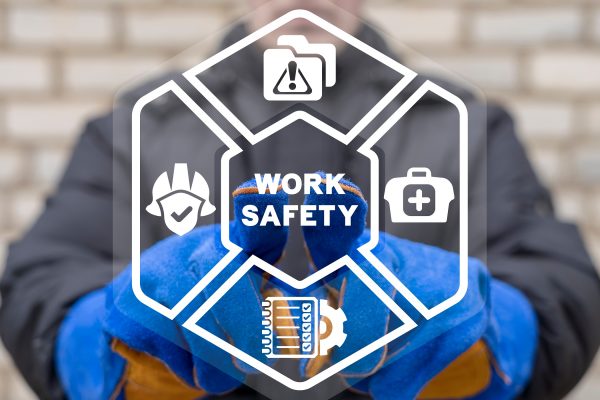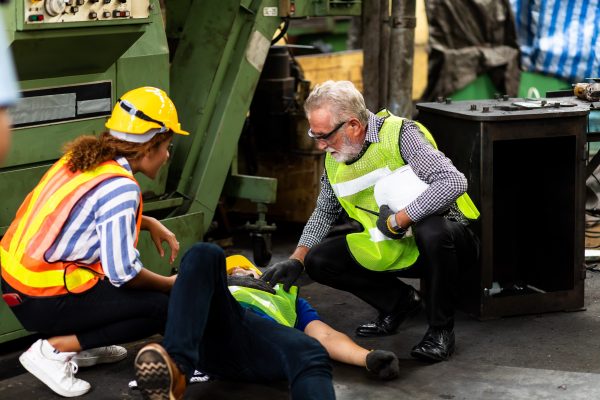In alloy wheel refurbishment company was sentenced after a 16-year-old apprentice worker was overcome by vapours from a chemical used in the stripping and cleaning of alloy wheels.
South Tyneside Magistrates’ Court heard how the employee of Wheelnut Ltd, entered an area of the company’s former premises in Swalwell, Newcastle-upon-Tyne, known as the “acid room”. The employee entered the room to retrieve alloy wheels from one of three barrels of a chemical substance containing Dichloromethane (DCM), Methanol and Hydrofluoric Acid; used in the stripping process. He was subsequently found by a work colleague slumped unconscious over a barrel.
An investigation by the HSE found the employers risk assessment for the chemical wheel stripping process was not suitable or sufficient. Appropriate control measures should have included suitable exhaust ventilation in the room as well as Respiratory Protective Equipment (RPE) for the employees.
Inspectors found that RPE was provided; but it was not maintained in an efficient or effective state. Several parts of the RPE were damaged and the air feed to it (from the compressor) was not filtered correctly. Their investigation found that on this specific occasion (and previously) the employee was not wearing the RPE when he entered the “acid room.”
Employees were not provided with suitable and sufficient information, instruction, and training with regards to the risks involved with using the chemicals, particularly the risks associated with using DCM.
HSE inspector Joy Craighead said: “A young worker suffered a potentially serious injury. Breathing in DCM vapour can produce narcotic effects and at high concentrations, unconsciousness and death. In this instance, this “young person” made a full recovery, but it could have easily resulted in his death.”
Wheelnut Ltd pleaded guilty to breaching Section 2(1) of the Health and Safety at Work etc Act 1974. The company was fined £32,000 and ordered to pay full costs of £1718.50.
For more information on this, please visit: http://www.hse.gov.uk/pubns/wis19.pdf
NOTE: This case was prosecuted under the primary legislation; the Health and Safety at Work etc. Act 1974 and the duty to ensure health, safety and welfare so far as is reasonably practicable. But the case centres on the need for a suitable and sufficient risk assessment under regulation 3 to the Management of Health and Safety at Work Regulations 1999. Regulation 19(2)(b) to the Management regulations would also have applied; i.e. the specified risks to young persons involving harmful exposure to agents which are toxic. There some obvious failings here, e.g. a lack of adequate supervision, a failure to properly maintain RPE, a failure to provide information, instruction and training. All would have been contributing factors that led to the HSE / CPS decision to prosecute this Employer

Impression works with businesses across the automotive aftermarket supply chain such as parts suppliers, warehouse distributors, motor factors and independent garages. Covering all aspects of automotive aftermarket marketing, including social media, event management, customer newsletters and PR, Impression is able to quickly establish itself within a client’s business and work towards their objectives.







